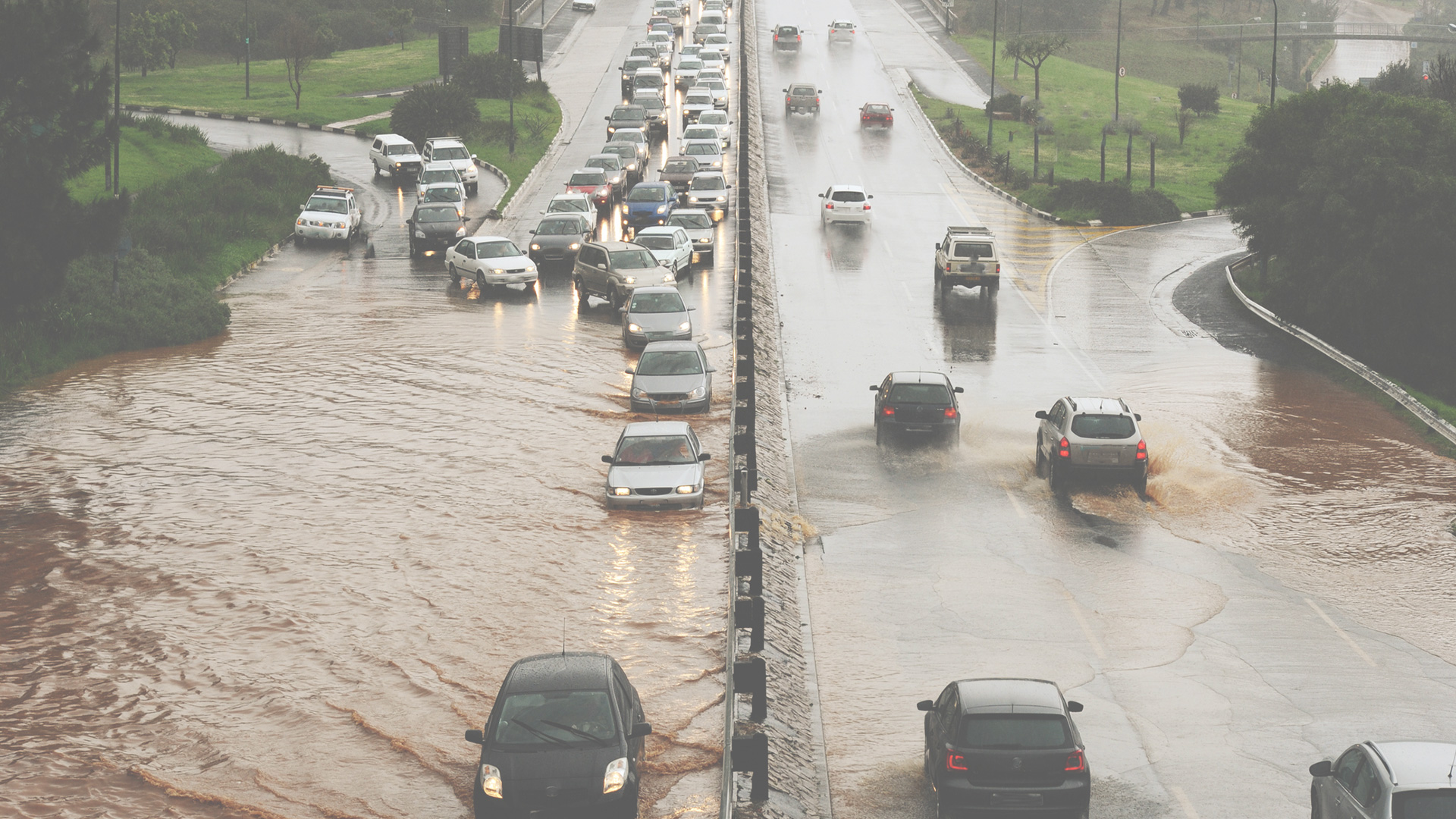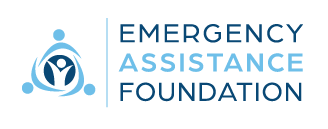
What Should a Relief Fund’s Applicant Experience Look Like?
February 24, 2022
The Most Important Partner Support Services for Third-Party Relief Funds
April 26, 2022March 29, 2022
Flooding occurs in areas all around the world and can have profoundly devastating effects. But what is a flood, exactly? A flood occurs when there is an overflow of water onto an area of land that is typically dry. While floods are temporary, they can often last days, weeks, or even longer depending on their severity.
Flooding is the most common natural disaster in the United States and can occur in several different ways. Floods can come on quickly within minutes, or also happen gradually over longer periods of time depending on the cause. Some of the causes of flooding include rain, snow, storm surges, overflowing of dams and reservoirs, coastal storms, melting ice, and more.
Flash floods are the most dangerous type of flooding. This is because they have the destructive power of a regular flood, but come on rapidly—often with little or no warning. This results in individuals not having enough time to get to safety and becoming stranded in the flood. Flash flooding occurs when heavy rainfall during slow-moving thunderstorms exceeds the amount that the ground can absorb or causes normally low bodies of water to swiftly rise and spill out over their banks.
The Dangers of Floods
Floods are incredibly dangerous as they can occur quickly and the flowing water can be very powerful. This can lead to large-scale destruction of property, power outages, transportation problems, mudslides, injuries, and even death. In 2020, floods caused over $1 billion in damage to property and crops across the United States, illustrating the destructive power that floods can have. These disasters can cause individuals and communities to lose everything and leave them in financial ruin.While flooding can result in extensive damage to property, crops, and infrastructure, the most dangerous aspect of floods is the risks they present to human life. On average, 88 people die each year due to floods in the U.S. However, since 2015, more than 100 people have died annually during floods. This trend is projected to increase due to climate change increasing amounts of rainfall, as well as increasing the number of severe weather events and natural disasters that occur in general.
In fact, floods kill more people in the U.S. each year than lightning, hurricanes, and tornadoes. Because of this, it’s crucial for organizations to understand the hazards that floods can bring and be prepared to respond and help out team members should a flood occur.

Flood Safety Tips to Share With Team Members
Flood safety for your team members is the number one priority when a flood occurs in your area. That’s why it’s critical to understand flood safety measures and share what to do in case of an emergency. Here are some of the most important safety tips for floods to share with your team:BEFORE A FLOOD
- Make a flood plan. This will ensure everyone in your household knows where to go, what to do, and what they’ll need in the event of a flood. Depending on the flood, you may need to shelter in place or evacuate, so practice both strategies to prepare.
- Gather several days' worth of supplies, like nonperishable food, water, cleaning supplies, medication, copies of important documents, and anything else you will need in case you have to remain sheltered or get out of your house quickly. Put whatever you can into a waterproof bag or container.
- Pay attention to flood warnings so you have as much time as possible to prepare for the flood, either by seeking shelter or evacuating. Local authorities and alert systems will let you know what your best course of action is.
DURING A FLOOD
- Don’t travel through floodwaters. This means don’t try to walk, swim, or drive through the moving water. 6 inches of moving water can knock a person off their feet, while 1 foot of moving water can carry your car away.
- Evacuate immediately if you are told to. As mentioned above, don’t drive through water. Also, don’t cross any bridges with rushing water beneath them as the bridges could get washed away in an instant.
- If you get stuck in your car, stay inside unless the water continues to rise. In that situation, climb out onto the roof of your car.
- If you’re trapped in a building, get to the highest level, but avoid closets and other small areas where you could get stuck if the water continues to rise. Only go on the roof if absolutely necessary, and signal for help.
AFTER A FLOOD
- Only return home once authorities have said it is safe. Even after a flood is over, your home will still be hazardous, as there is a risk of electrocution, snakes and other animals being inside your home, and other dangers. Turn off the electricity if you can, and don’t touch any electrical equipment that is wet or if you are standing in water. You should try not to wade in standing water since there also could be harmful debris and other risks.
- Don’t drive anywhere unless absolutely necessary since roads may have been damaged by the flood.
- Wear protective clothing when cleaning your home after a flood—like heavy work gloves, rubber boots, face coverings, and other protective equipment.
These flood safety tips are vital to making sure that your team members and their families stay safe. However, they may face many hardships still in the aftermath of a flood, so it’s also important that your organization is ready to help out.

How Establishing a Disaster Relief Fund With Emergency Assistance Foundation Will Help Provide Aid
In the aftermath of a natural disaster—like a flood—your organization needs to be able to help impacted team members rebuild and recover from the potentially devastating effects of the disaster. A disaster relief fund can boost morale and encourage your internal communities to contribute directly to the support of fellow team members. Establishing a relief fund can alleviate the stress that disasters put on members within your organization and allow them to stay focused on recovering from the event.
If your organization is interested in starting a relief fund, consider establishing a fund with Emergency Assistance Foundation today. As a financial first responder, we are resourceful and fearless in ensuring that financial assistance reaches individuals in need, no matter the unique circumstances involved.
Once you establish a fund, you can also launch an Immediate Response Program (IRP) in the event of a qualified disaster to provide small grants quickly and efficiently. This is a unique, low-cost program, which is supplemental to a fund’s standard grant program and awards small grants (< $1,000) quickly in times of large-scale disasters.
Proactively establishing a relief fund with Emergency Assistance Foundation ensures that your organization is ready to assist any team members that are impacted by floods and other natural disasters, and it can even be life-saving. According to data analyzed for our landmark 10-year relief fund industry report, natural disasters are the number one event included in the grant criteria for funds that are established with Emergency Assistance Foundation.
In fact, 73% of the over 300 relief funds we administer include natural disasters in their grant criteria. The funds’ sponsoring organizations recognize the growing importance of taking care of their team members in the aftermath of a natural disaster. As the threat of floods continues to increase, now is the perfect time to start preparing for how your organization will respond once the next disaster occurs.
I had an unexpected major expense due to an accident caused by flash flooding. I had to use all the available financial resources I had to repair my vehicle so that I could continue traveling to work. During that time I also had to spend a large sum of money on Uber and Lyft rides to and from work because no rental vehicles were available. This help has given me hope to continue trying to work through my hardships. I was ready to give up but there was help for my situation. It is always devastating when things outside of your control damage your life. This fund is here as an assist that lets you know there is always another option."
"My apartment was evacuated due to severe flooding. I had to cover the cost of a hotel on the night of the flooding, rental cars to and from my home, and groceries upon returning home due to loss of power requiring my fridge to be completely emptied. As a young person with student loans and medical costs, the financial burden of this event was very stressful and I hoped to recoup my losses. I was able to cover the costs of the event, which allowed me to continue with my loan payments as normal and not stress about upcoming medical fees."
By establishing a fund with us today, your organization can easily assist members of your team affected by financial hardship through our best-in-class Applicant Experience. Relief fund grants can help impacted individuals pull through difficult times and start on the path toward recovery. If you’d like to learn more about how your organization can help your team during difficult times, you can review additional information about how a fund works or contact us today. We look forward to helping you make a difference for those who need it most!




